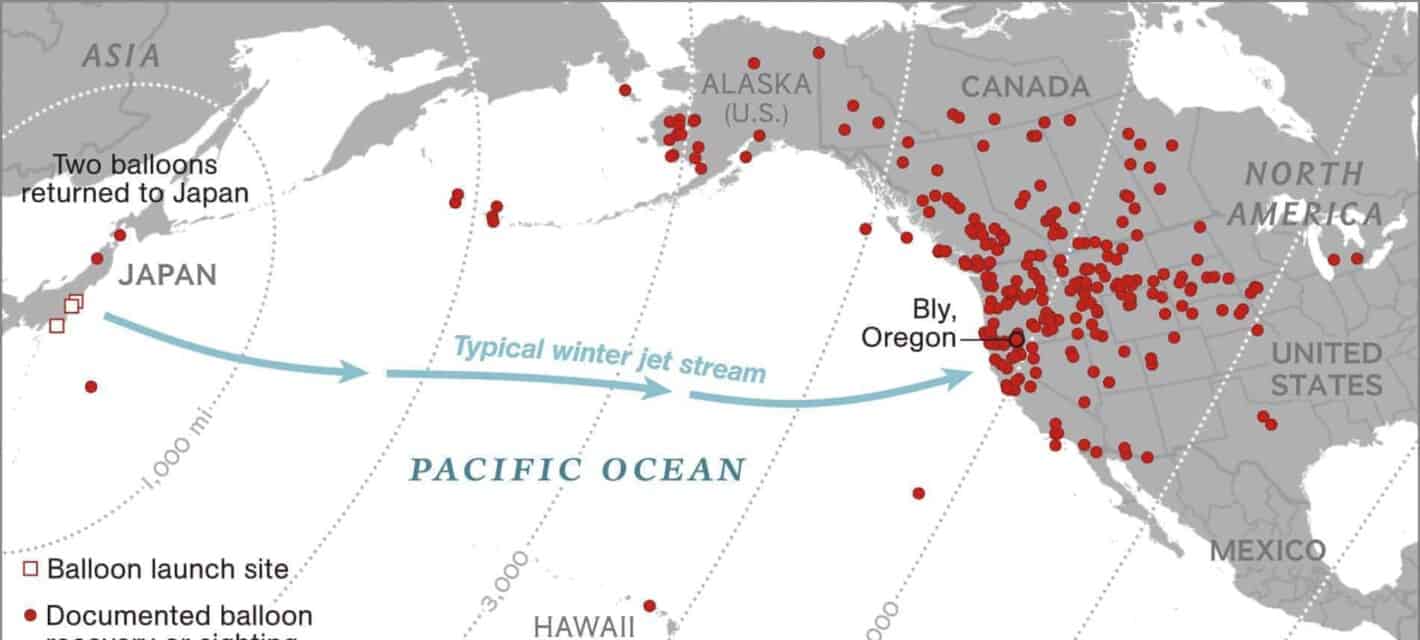Pearl Harbor, 9/11, and the War of 1812 are what most people think of when they think of attacks on American soil. However, those were not the only times when foreign adversaries struck within US territory. Other attacks might not have been as devastating as the aforementioned trio, but enemies have struck Americans on US soil numerous times, in aggressions that are barely remembered today.
Following are ten of history’s lesser known foreign attacks on US soil.
The Time German Saboteurs Almost Blew Up the Statue of Liberty
Today, the highest point accessible to the public when visiting the Statue of Liberty, reached via a long and winding staircase, is its crown. However, for the first three decades after the statue’s dedication and opening to the public in 1886, visitors could go even higher, up the statue’s upraised arm, until they reached its torch of freedom. That ended in 1916, when Lady Liberty’s torch was closed to the public because of an act of sabotage that qualifies as the first attack on America a foreign terror cell. The torch has been inaccessible to the public ever since, for over a century and counting.
New York Harbor had a rock known as “Black Tom” off the New Jersey shore, that was a navigation hazard. So authorities used landfill to create a 25 acre artificial island around the rock, that became known as Black Tom Island, with a causeway and rail line to connect it with the mainland. Piers and warehouses were built, and by the early 20th century, Black Tom Island had become one of the East Coast’s biggest munitions depots.

When WWI broke out in 1914, Black Tom Island’s depots and warehouses could barely keep up with the combatant’s orders for American manufactured munitions. America stayed neutral until 1917, and during that period either side was free to buy American munitions. As a practical matter, however, only the Entente Powers of Britain, France, Russia, and their allies, were in a position to take advantage of the American arsenal. Barring the risk of German submarines, Entente ships could freely sail the seas. By contrast, Britain had blockaded Germany in 1915, its Royal Navy controlled the sea lanes, so the Germans had no way of getting arms and munitions from the US to Germany.
That being so, the Germans sent secret agents and saboteurs to America, with orders to disrupt the production and delivery of weapons and munitions from the US to Germany’s enemies. Black Tom Island, being one of the major storage and shipping sites on US soil for arms and munitions destined for the Entente Powers, was thus high on the Germans’ to-do list.
On the night of July 30th, 1916, Black Tom Island had about two million pounds of artillery and small arms munitions in freight trains and barges, including 100,000 pounds of TNT, all destined for Russia. Sometime after midnight, guards noticed a series of small fires on the piers, and took to their heels, fearing an explosion. Their instincts were right.
At 2:08 AM, July 30th, 1916, millions in the region were jolted awake by a massive explosion, whose seismic vibrations were equivalent to a 5.5 earthquake on the Richter Scale. The blast hurtled debris for over a mile, shattered windows up to 25 miles away, and its shockwaves were felt as far as Philadelphia. At least 5 people were killed, including a police chief and an infant. The actual death toll is unknown, however, for there were many housing barges nearby, and other victims are thought to have been incinerated by the blast. The blast and debris struck the Statue of Liberty, popping rivets in its upraised arm holding aloft the torch of freedom. As a result, that part of the statue has been closed to the public ever since. All in all, the explosion caused about half a billion dollars in property damages.
Investigators concluded that the explosion had been accidental. However, years after the war, a Slovak immigrant named Michael Kristoff revealed the truth. He admitted to having worked for German agents in 1916, when the US was still neutral, and identified two guards at Black Tom Island who were also German agents. An investigative commission eventually concluded that Imperial Germany was responsible for the explosion. In 1953, West Germany finally accepted German responsibility, and agreed to settle the damages for $95 million, of which the final payment was made in 1979.

